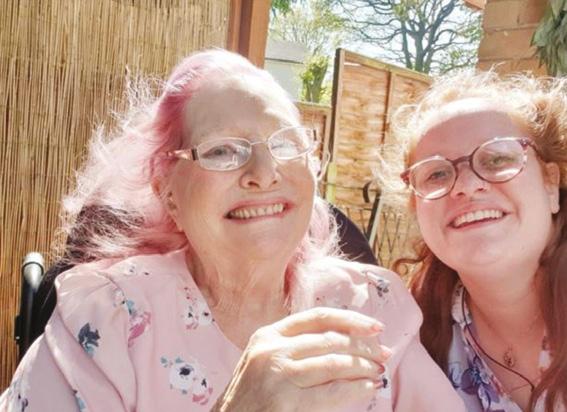RAISING AWARENESS IN SCHOOLS
NEW BRAIN INJURY AWARENESS PROGRAMME
TO SUPPORT TEACHERS AND SCHOOL STAFF Authored by Katie Roberts at The Children’s Trust.
Supporting every child in the UK with an Acquired Brain Injury (ABI) is a key part of The Children’s Trust’s new strategy, Hope and Ambition. This is a bold ambition, which plans to ensure every child and family affected by an ABI receives information, advice, and support, at the time of need. To give us a national picture of need The Children’s Trust conducted research to help us understand the unmet needs of children with acquired brain injury and their families, encompassing those with concussion, who are often not recognised as having had a brain injury, through to those who have a confirmed, significant brain injury, here in the UK. This included the number of children affected; where they are based; the difficulties they and their families face at all stages from injury onward; what services and pathways already exist to help them; and where there are gaps. The report confirmed the need to develop a range of support pathways for the child and family, across the spectrum of severity. From an education point of view, the report corroborated a lot of what had already been identified in the All-Party Parliamentary Group ‘Time for Change’ report. With it estimated that one child in every primary school classroom in the UK is affected by brain injury1 , and teachers playing a vital role in a child’s development, it is crucial teachers and school staff have a basic understanding and know where to turn for support should they need it.
18
2021/2 2
The Time for Change report made some key recommendations for the education sector, to better equip teaching professionals with information to help them understand students with ABI. One such recommendation is that all professionals should have a minimum level of awareness and understanding about ABI, and the educational requirements of children and young people with this condition, and suggests a short online course for all school-based staff.
Katie Roberts
“
Education professionals do not routinely receive training on ABI, and may therefore lack awareness and understanding of the consequences. They may have difficulty identifying what specific support is required and may consequently use inappropriate assessment tools, learning strategies and interventions, and monitor and review the individual’s progress less frequently than appropriate.
”
A HIDDEN DISABILITY Children are constantly developing, discovering new skills, and becoming more aware of social boundaries. The brain is at the centre of this work and a brain injury can affect almost any aspect of the way a person functions. It is important to remember that while some effects of a brain injury can be seen, other difficulties may not be immediately obvious by looking at a person.
Therefore, professionals often compare the effects of a brain injury to an iceberg. The physical effects of ABI can be described as the tip of an iceberg, where there is often a lot more going on under the surface. So, even if a child returns to school and seems back to their ‘normal’ self after a brain injury, this may not be the case. 1. N-ABLES 2019
sevenstarmedia.co.uk


























































